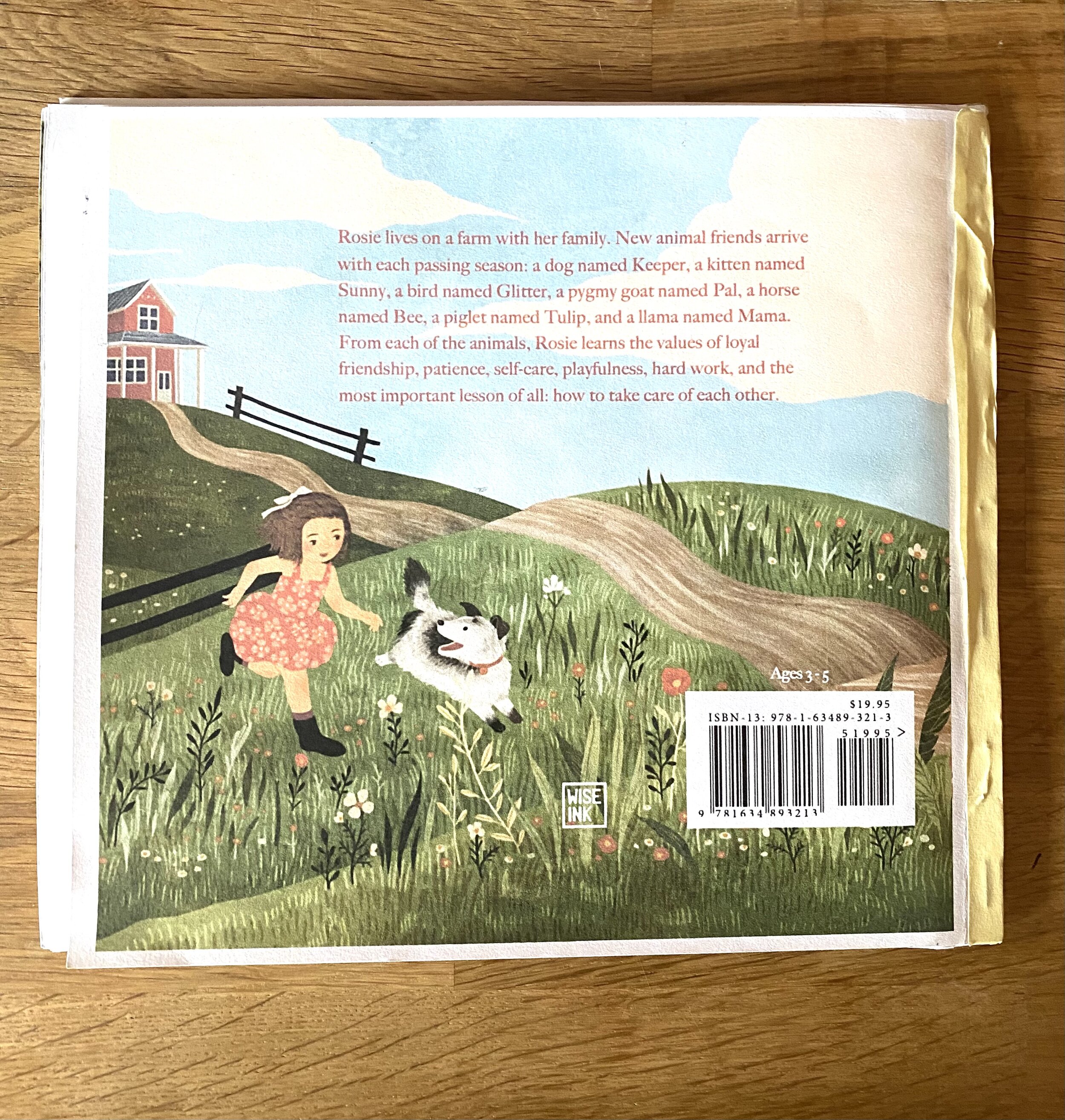There are a lot of things I would do differently if I were to start the indie publishing process of my children’s book all over again. But there is one thing I did — one thing I really did not want to do — that I am really proud of: I shipped before I was ready.
I was asked to speak at an online networking event for women called Lady Boss Virtual last spring. The talk was less about the actual children’s book publishing process than it was about pursuing my dream to publish a book.
At the time of the event, my book was written, illustrated, designed, packaged into a neat little PDF, and was at the printer being produced.
My book is called Rosie and the Hobby Farm, and there happened to be a woman at the event who owns a hobby farm just 30 minutes away from me. We exchanged information and hopped on FaceTime so I could get a tour of the farm. She insisted that I do a virtual book reading at the farm.
I said I couldn’t — I didn’t have the book yet.
This wonderful woman called me out on my limited belief. She challenged me to think more opportunistically, and the two of us decided that I would do a book reading the following weekend at her farm.
We called in some tech support, I signed up for a pro Zoom account, and blasted information about my virtual storytime on social media. I was running much faster than I was used to and was worried that I’d miss something important.
Since I didn’t have my book back from the printer yet, I cobbled something together using cardstock, my home-office printer, staples, and some masking tape.
Check out my prototype:
That’s the book I read from in front of some 50+ people. And it was perfect. It had the words and a representation of the illustrations (I say representation because, naturally, they are much more beautiful in the published book), and I was able to give my viewers an idea of what this book was going to be like. Here I am posing with the prototype:
People loved it! My friends and their kids joined, people I didn’t know signed up, and I even had a small group at the farm. The event was a great way to generate buzz and excitement about my forthcoming book, and I even got a few pre-orders out of it.
But more importantly, I learned a lesson:
Sometimes you need to ship before you are ready.
Waiting until everything is perfect is, in my opinion now, an act more devoted to the ego than to the idea. By creating this crappy prototype of my book, I was able to introduce my book to the public and get some practice reading in front of an audience, all the while farm animals ran around and young children were able to watch from the safety of their homes (this all happened at the beginning of the pandemic, after all).
Had I waited until Covid passed (now that seems funny, back then it seemed like a normal thing to say) or postponed the storytime until I had a physical copy of my book, which wasn’t ready for another six weeks, I’d have missed out on this opportunity to share my book before it was even released.
It’s lovely, it’s in some of my all-time favorite bookstores, and I just placed an order for a second print run, meaning there are about 1,000 copies from my first printing in the hands of children right now. That all still happened even though I shipped before I was ready, even though I read from a prototype that looks like an elementary school project.
Now, my prototype is safely filed away, and I intend to hang onto it. It serves as a reminder that ideas don’t start out as highly polished hardcover books in libraries, and they’re not too precious to share before they’re ready.
For more articles like this, subscribe to my weekly (no more, sometimes less) email.





